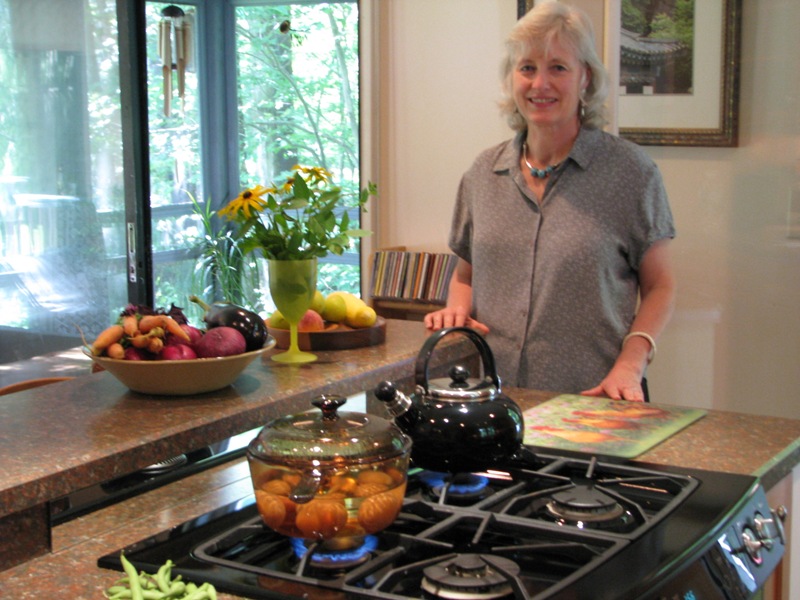Feng Shui for Combined Living and Dining Spaces
 "Feng Shui is all about improving the energy in our living spaces – to create a 'just right' feeling," teaches Susan LaForte, of Amherst, MA. LaForte is certified as a Feng Shui practitioner. Feng Shui literally means "wind and water." According to LaForte, the practice of managing your living space to better your life experience has evolved from many different cultures around the world. "It's an old art and practice that transcends culture and time."
"Feng Shui is all about improving the energy in our living spaces – to create a 'just right' feeling," teaches Susan LaForte, of Amherst, MA. LaForte is certified as a Feng Shui practitioner. Feng Shui literally means "wind and water." According to LaForte, the practice of managing your living space to better your life experience has evolved from many different cultures around the world. "It's an old art and practice that transcends culture and time."
The Chi Test
LaForte, who works in private homes all over western Massachusetts, mentions that she first applies what she calls the "chi test" (chi means life-force in Chinese). "First you have to really consider the furniture you already have. Does your energy go up or down when you look at it?" she asks. LaForte explains that the most important aspect of Feng Shui is "to have only things around you that you truly love - which is a tall order. People often have old gifts, inherited pieces, furniture and items left over from old relationships."
Part of the chi test involves recognizing how your furnishings make you feel. "Is what you have in the room supporting and nourishing who you are now? When you come home, you want to feel happier and healthier," points out LaForte.
The Command Position
A part of Feng Shui, which LaForte considers "the tip of the iceberg," is the "art of placement." Start with creating the "command position" in your living and dining area. For example, if you have a couch or easy chair that you really love, it should be placed "away from the door and facing the biggest view. It gives a sense of security to have the greatest view of the room from your seated vantage point," according to LaForte. "You always want to feel safe and protected, which leads to a greater overall sense of confidence in your life."
Creating Space with Lighting
LaForte states that when you are working on Feng Shui in a combined living and dining space, one way to make the space feel bigger or give a greater sense of separate rooms is through the clever use of lighting. "I find, first of all, that most spaces can almost always use more lighting. Lighting in general gives you a sense of more space. If you have differing lighting (in a combined living/dining area) you will feel like you have two separate spaces," she states.
The Emotions of Color
Another consideration when applying Feng Shui concepts to a living and dining space is color. Use of color is also a major aspect of Feng Shui. "Every color has a spiritual or emotion aspect attributed to it," LaForte remarks. "When you are thinking of a color, go with your intuition – that is your best guide." One of the best colors for a combined living and dining area is orange. "Orange is a fun, warm, happy color. Orange enhances communication and stimulates appetite." She adds that orange can also just be used to color an accent wall.
In terms of a more bold color, red, LaForte advises, "Be very careful. It's a very active color, very vital, and is good to help with overcoming fears. However, red strongly stimulates the appetite so it's not a good color in the dining area if you are looking to lose weight."
For the living room area, LaForte suggests painting it yellow. "Yellow is warm, it's the color of sunlight. Yellow is warm and enhances and focuses communication."
Cris Carl writes for networx.com.
Updated May 10, 2018.
Looking for a Pro? Call us (866) 441-6648

Painting Average Costs
Painters Experiences

I Appreciate My Painter For All The Things I DIDN’T Have To Do

Interior Paint Job To Prepare For Move-In Day



